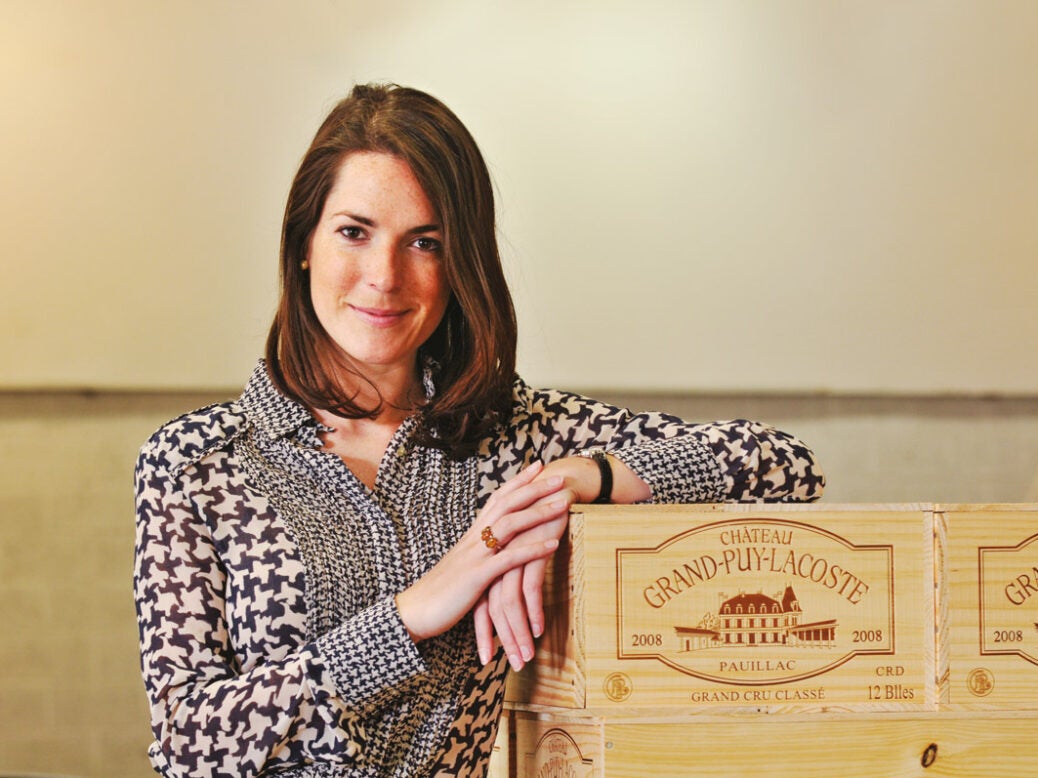
Can any judgment of fine wine be entirely objective? Not, perhaps, if we’re talking about the qualities in the glass alone; there will always be differences of opinion, of taste and aesthetic conviction, no matter the apparent precision of certain critics’ commentaries and scores.
But what if, rather than just on the quality of the wine, we’re making a judgment on its value in the marketplace? By factoring in measurable data on where, how often, and at what price it is traded, alongside research of industry opinion and a range of respected critics’ views on its quality and longevity, might we then be able to come closer to an objective position on how attractive it is to buy?
The team behind an intriguing new fine-wine buying guide, Wine Lister, is convinced that we would. Founded by WFW auction and secondary-markets correspondent Ella Lister, with backing from leading French wine critics and WFW contributors Michel Bettane and Thierry Desseauve, Wine Lister has set out to develop what Lister, a former investment banker and the new company’s CEO, describes as “a comprehensive and objective,” “multi-criteria” rating system that offers “a sophisticated, comprehensive evaluation tool” for the fine-wine market.
Arguing that fine-wine buying decisions are currently based on “disparate sources of information” that can be “confusing and fragmented,” as well as over-reliant on the subjective judgments of wine critics, Wine Lister has instead developed a method that, Lister says, “combines qualitative and quantitative data” and “uses bespoke algorithms to distill them into a single score.”
Since Lister first thought up the idea following a chance conversation with Desseauve, it’s taken four years for WL to launch, with much of that time given over to preparatory research. To help the team decide on exactly what type of information should be included in allocating its ratings, Lister says WL consulted a panel of fine-wine experts comprising MWs, winemakers, and “leading members of the trade.”
A unique perspective
The consultation process led to a complex formula. Among the various pieces of data factored into each score are a measure of each wine’s liquidity drawn from the databases of wine-auction aggregator Wine Market Journal; indications of a brand’s popularity, based on detailed analysis of searches carried out by the users of wine price-comparison website Wine-Searcher; and an assessment of its distribution, based on close readings of the wine lists of hundreds of the world’s best restaurants. The team has also conducted an extensive survey of “the majority of the world’s largest merchants, top international wine auctioneers, and several high-end retailers, between them representing well over one third of global fine-wine revenues,” gathering insights on each label’s reputation among those in the know.
This abundance of commercial information is joined by quality assessments from a panel of three respected wine critics: Bettane + Desseauve from France, Jancis Robinson from the UK, and Antonio Galloni from the USA. This information has been adapted to be as useful as possible, with, for example, wines with longer average drinking windows as suggested by WL’s three partner critics, earning a higher score, “since a longer wine life indicates a greater wine.”
The result of all this data crunching is a score out of 1,000, a number that Lister says was chosen not because bigger is better (in Spinal Tap, “It goes up to 11” style) but “to maximize precision.” And unlike other ratings systems, she says it will “use the entire scale, not just the top 20 percent.”
Set to launch in spring 2016, wine-lister.com will offer some free information, but the full service (including scores and data on specific vintages) will be available only to subscribers. Presumably the hope is for WL’s more pragmatic, data-rich approach to attract paying customers looking to fill the void left by the waning influence of Robert Parker. But as different as the WL system may be from Parker’s and other critics’ approach to scoring, does the world really need more ratings?
“Scores are an incredibly useful shorthand, especially for comparison purposes, and WL scores are shorthand for a comprehensive set of quantitative data and qualitative analysis,” says Lister. “And Wine Lister is not just about scores; the site features a wealth of in-depth information and analysis on each wine.”
Nor is the site reserved for those who would rather trade than drink. “It is not just for investors,” Lister insists. “To cater to different users with different priorities, we have developed a series of discovery tools, helping identify a value pick or a hidden gem, not just an investment staple. But likewise, we’re not ignoring the fact that economics has a part to play, alongside brand and quality — hence we’re capturing all three factors to give a unique perspective.”






